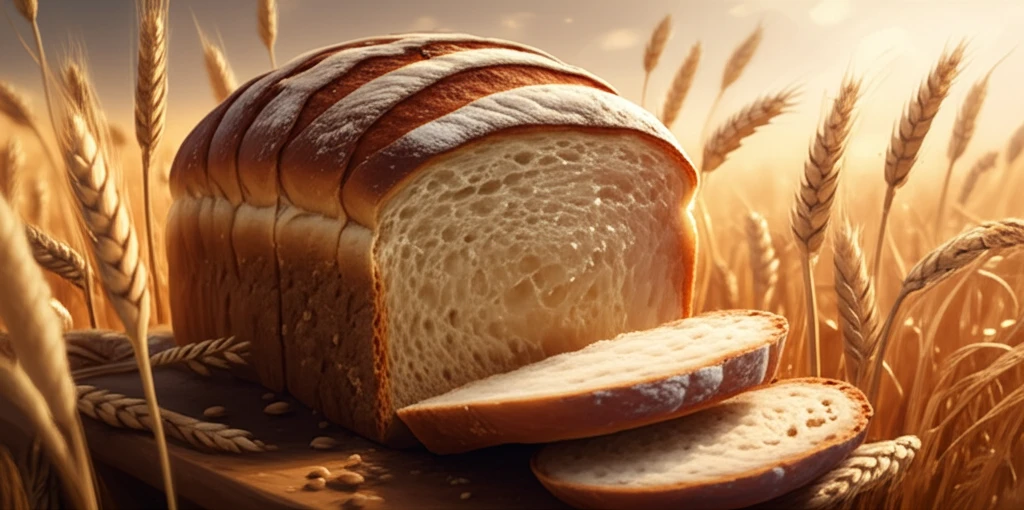
Beyond Wheat: Unlocking the Nutritional Power of Barley in Your Bread
"Discover how blending wheat and barley flour can revolutionize your baking, enhancing flavor, texture, and overall health benefits."
For centuries, wheat has been the undisputed king of bread-making. However, a growing interest in healthier and more diverse grains has led to a resurgence in the use of barley. Barley, an ancient grain with a rich history, offers a wealth of nutritional benefits and unique baking properties that can transform your ordinary loaf into a powerhouse of flavor and health.
While often overlooked, barley is incredibly adaptable and thrives in diverse climates, making it a sustainable and accessible grain. Its nutritional profile is impressive, boasting high levels of fiber, essential vitamins, and minerals. Unlike refined wheat products, barley retains many of these nutrients, offering a more wholesome alternative for health-conscious consumers.
This article delves into the science and art of blending wheat and barley flour to create leavened bread that not only tastes delicious but also provides significant health advantages. Whether you're a seasoned baker or a curious foodie, discover how barley can elevate your baking game and contribute to a healthier lifestyle.
Why Blend Wheat and Barley? Unveiling the Benefits

Blending wheat and barley flour isn't just about adding a new flavor; it's a strategic move to enhance the nutritional content and baking characteristics of bread. Here's a closer look at the advantages:
- Nutritional Boost: Barley is packed with dietary fiber, particularly beta-glucan, which is known for its cholesterol-lowering properties. It also contains essential vitamins and minerals that contribute to overall health.
- Improved Texture: Adding barley flour can influence the texture of the bread, creating a more complex crumb structure and a satisfying chewiness. The specific effect depends on the ratio of wheat to barley flour.
- Unique Flavor Profile: Barley introduces a subtle, nutty flavor that complements the taste of wheat. This can add depth and interest to your bread, making it stand out from conventional loaves.
- Enhanced Digestibility: The fiber in barley can aid digestion and promote gut health. This is especially beneficial for those seeking to improve their digestive wellness.
Embrace the Barley Revolution
Incorporating barley flour into your bread-making is more than just a trend; it's a step towards creating healthier, more flavorful, and more sustainable baked goods. By understanding the science behind wheat-barley blends, you can unlock a world of culinary possibilities and enjoy bread that nourishes both body and soul. Experiment with different ratios, explore new recipes, and discover the unique qualities that barley brings to your table.
